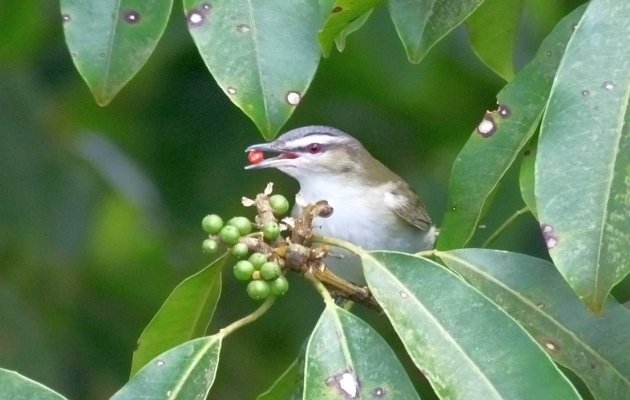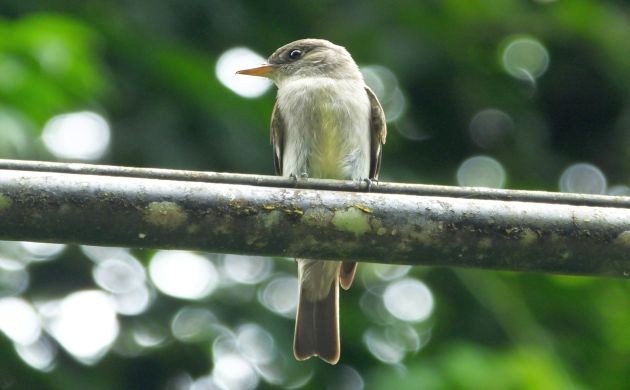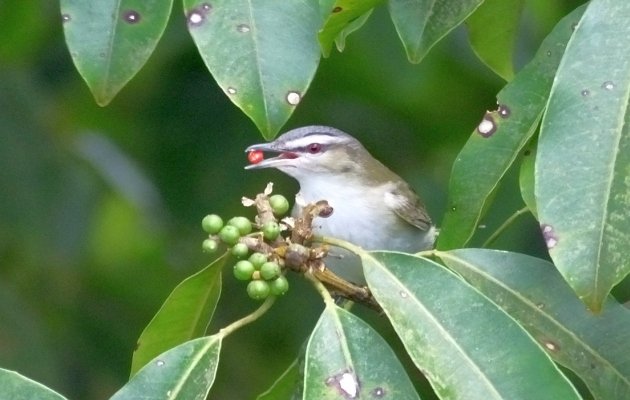
I haven’t watched nightly news in a while, actually, never really watched it as a kid either. However, I remember it, even if not for any of the news items. As a kid, I had more important things to think about than local happenings being divulged by someone in a suit. If a reporter would have rambled on about fishing or bird migration or the biggest, oldest trees in the area, I would have been all ears but no, I don’t recall any reporting on such esteemed subjects as those.
What I do remember is Irv Weinstein, Buffalo’s favorite news guy. He was well liked, was part of our community and seeing him on the TV screen was an essential piece of growing up in 80s WNY. I can still picture him sitting there, sporting some 80s or late 70s suit and tie and wearing glasses. His nightly news show would start with either him giving the camera a serious look and declaring, “It’s 11 o’clock. Do you know where your children are?”, or, the same curious proclamation being issued by some disembodied and equally serious voice. Either way, it made an impact, at least on me. I would think, “Well, how would you not know where your children are? It’s so late, I mean, how could a kid not be at home and already in bed, or at least in pijamas trying to sneak a peek at late night TV?”
As it turns out, from the 60s to the 80s, a lot of news stations posed that question but they were probably referrring to “kids” much older than my pre-teen self. The practice seems to have started with the advent of nightly youth curfews in large cities, perhaps aimed at preventing riots. Since this evocative phrase turned out to be an effective attention getting statement, it was still used long after the curfews had been lifted. Whenever I heard the nightly question, I was puzzled and couldn’t help but imagine some drugged out or drunk parent staring at the TV screen and suddenly realizing, “Oh crap! Irv’s right! Where the heck are my kids!?” They would sober up and with nary a change of their crumpled and stained concert tee-shirt, would leap into action. They would run upstairs to make sure their kids were in bed and if not, would grab their jean jacket and run to the Buick. They would yell their kid’s names out the window as the big, inefficient vehicle combed the streets, yelling for Jamie or Tony or Heather.
When they finally found their misplaced progeny they would slam the car into “park”, jump out and with the door still ajar and the car still rumbling softly, would run to their children and embrace them with relief. The parent would say, “Thank God you are alright! If it weren’t for the news reminding me, I could have lost you!”
There would be crying and tears of happiness under the pale light of the street lamp. The kid would be thankful they had been found, and then they would head back home as one happy family. If the kid had been a birder, though, they might have said, “You know where I was! It’s fall migration and I got birds to listen to. Fall migrants! Warbler chips and sparrow seeps, Bobolink notes and faint yellowleg whistles. Yes, it is 11 o’clock but I’m wondering where my birds of summer have gone. You know, all of those Red-eyed Vireos and pewees that sang from the green woods of June? All gone now. Where can they be?”

If there was such a kid, and if anyone else was wondering, I could tell you where the vireos and pewees are, especially the Red-eyed Vireos. Right now, based on recent birding, a heck of a lot of them are in Costa Rica. The past week, whether birding dense and mossy foothill rainforest or woodland patches near urban zones, Red-eyed Vireos have been a constant presence. See a small pale bird flit into view? Yep, that’s another vireo, Red-eyed and the 12th of the morning. What’s that pale bird with this bunch of tanagers? Oh right, more vireos. And those ones near the Blackburnian? Red-eyed again.
I’m not complaining, I love seeing every single one. In Costa Rica, Red-eyed Vireos might not sing and they won’t do a manakin dance but they’re still cool birds nonetheless; birds that entertain beautiful northeastern woods with lazy phrases, small birds that fly all the way to the Amazon and then back again. That seems beyond incredible and full of perils and yet they do it. Costa Rica is just the half way point, I’m glad to see them, happy to see Red-eyed Vireos finding food in protected forests. If those vireos and I could talk, I would tell them to give my regards to the canopy trees of the Amazon, to be careful and to make it back north and say hello to old maples and beech trees near Lake Ontario.

More will be passing through Costa Rica during the next month, hopefully lots more. I look forward to seeing them as they fly my way, all several million of them.











Leave a Comment